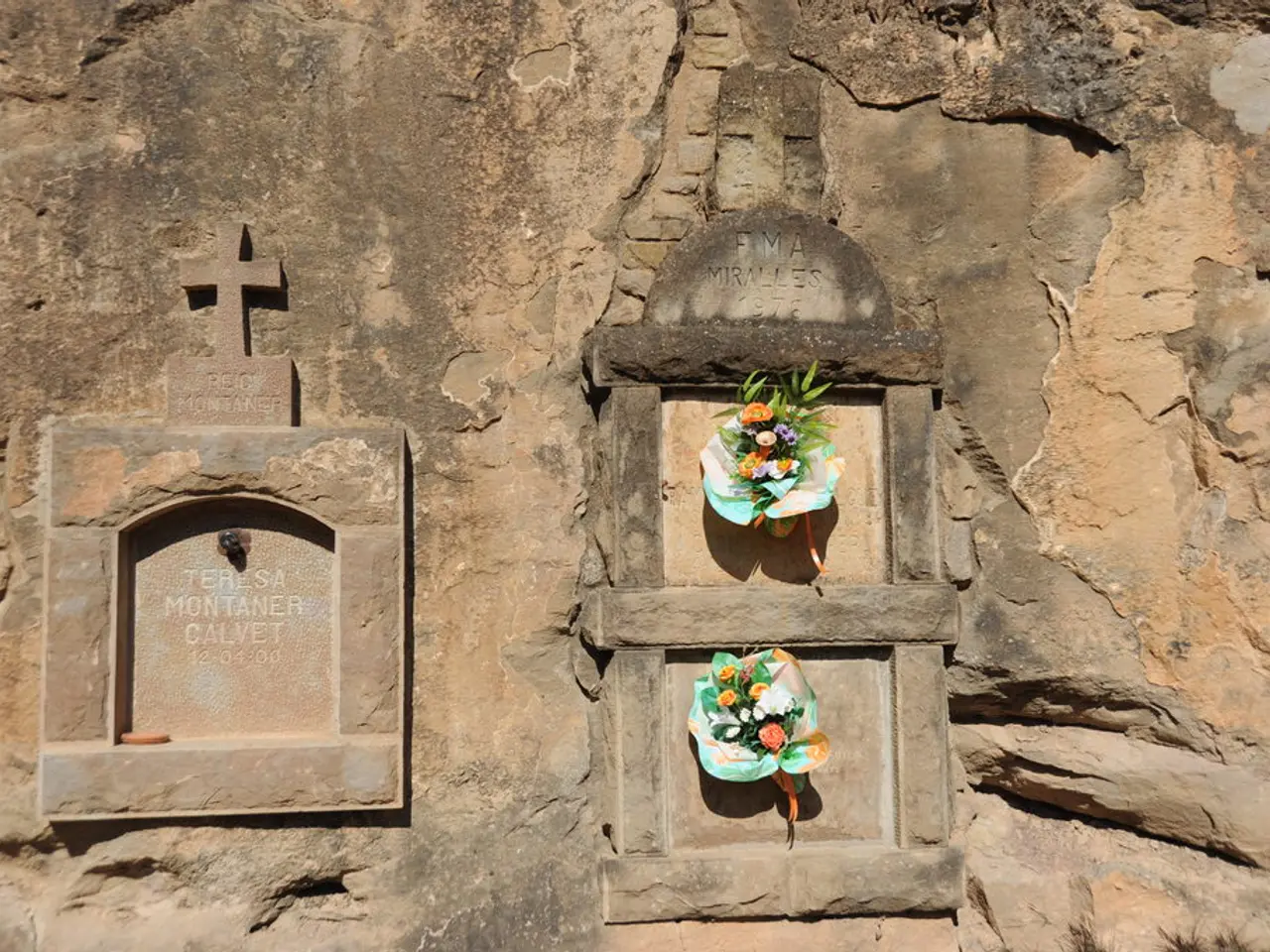Scholarly examination of Bonsai art, focusing on Chinese and Japanese styles, and their academic relationships
================================================================================
In the tranquil realm of bonsai, one style stands out for its profound symbolism and deep connection to Eastern philosophies: the Literati Bonsai. Originating from Japan, this distinctive style is rooted in the Chinese literati culture and emphasizes simplicity, elegance, and expressive minimalism.
Pruning plays a crucial role in the care of Literati bonsai, enabling the tree to maintain a delicate balance between structure and foliage, while also facilitating the expression of its unique character. The result is a tree with twisted trunks and gnarled branches, symbolizing the struggles and challenges we face in life, yet still standing tall, a testament to resilience and perseverance.
The Literati style demands restraint, as the goal is not to create a lush, verdant miniature, but rather to distill the essence of the tree into its most fundamental, elegant form. This minimalist approach is inspired by the Bunjin aesthetic, also known as Bunjin-gi, which evolved as a form of artistic bonsai where trees exhibit slender, often contorted trunks with sparse foliage, symbolizing the beauty of natural imperfection and asymmetry.
Historically, the Bunjin style reflects the influence of Chinese literati culture, a group of scholar-artists who prized art as a form of personal expression and spiritual contemplation. The aesthetic is deeply connected to Taoist and Buddhist philosophies, which emphasize harmony with nature, acceptance of impermanence, and the spiritual journey through simplicity and naturalness.
Taoism influenced Bunjin bonsai through its reverence for natural spontaneity, embracing asymmetry, and fluid artistic form that mimics the Taoist concept of wu wei (effortless action) and natural transformation. Buddhism contributed notions of impermanence and meditative reflection, fostering a bonsai style that is contemplative and symbolic, encouraging the viewer to seek inner meaning beyond external appearance.
As a result, Literati bonsai are intentionally styled to appear sparse, with dynamic, often simplistic lines that evoke melancholy and poetic beauty rather than formal precision. This contrasts with other bonsai styles focused on dense foliage and symmetry.
The evolution of this style over centuries reflects shifts in cultural exchange between China and Japan, and ongoing reinterpretations by bonsai artists worldwide who continue to integrate philosophical ideals into living art. Contemporary expressions, such as those styled today on rooted cuttings worldwide, continue to celebrate elegance and refined simplicity as core traits of the Bunjin aesthetic.
In appreciating the Literati Bonsai, we can slow down, appreciate the subtle nuances of nature, and contemplate the timeless beauty that lies within. The art form beckons us to step away from the hustle and bustle of daily life, and immerse ourselves in the serene atmosphere it creates. To coax these elegant creations towards their full potential, we must carefully calibrate the essentials of care, attending to the subtle nuances of watering, pruning, and nutrient balance.
In the end, the Literati Bonsai embodies a profound symbolism that transcends mere aesthetics, reflecting the harmony between humanity and nature. The focus on simplicity encourages the observer to ponder the tree's inherent essence and distinct soul. The empty space encircling the tree becomes a vital component of the arrangement, eliciting a feeling of calmness and peaceful reflection. By removing unnecessary details, the artist invites the observer's imagination to complete the picture, nurturing a profound bond with the tree and its surroundings. The subtle variations in texture, shape, and structure unveil the tree's inner loveliness and the artist's skilled touch. The sparse foliage represents the simplicity and humility that comes with age and wisdom. Watering is a discipline that demands restraint and sensitivity to the tree's subtle needs, striking a delicate balance between hydration and drought. The emphasis on negative space evokes a sense of solitude and contemplation, inviting the viewer to reflect on their own place in the natural world.
In the world of Literati Bonsai, we find a unique blend of art, nature, and philosophy that invites us to pause, reflect, and appreciate the beauty of life's imperfections.
- While bonsai might seem a distant pursuit, it shares connections with finance, demonstrating the importance of balance and care in nurturing a thriving tree, much like investors seek to grow wealth.
- In the realm of lifestyle and self-development, cultivating a Literati bonsai can serve as a mindful practice, embodying resilience, perseverance, and spiritual growth.
- Fashion-and-beauty enthusiasts might find inspiration in the slender, contorted trunks of a Literati bonsai, appreciating their asymmetry and natural imperfection, emphasizing the beauty in diversity and individuality.
- Food-and-drink aficionados could connect to the Literati bonsai by understanding its minimalist approach and the art of creating something striking and flavorful through thoughtful selection and presentation.
- Home-and-garden lovers may find joy in designing a serene environment that includes a Literati bonsai, creating a calming oasis amidst the busyness of modern life.
- In the tech-savvy domain of technology, the art of bonsai has its parallels—both engage in nurturing something small yet complex, demanding patience, skill, and attention to detail.
- For those seeking entertainment and diversion, engaging with Literati bonsai could offer an escape from the everyday, allowing for meditation and contemplation on life's deeper questions, much like reading general-news articles or following sports contests provide intellectual stimulation and emotional engagement.




